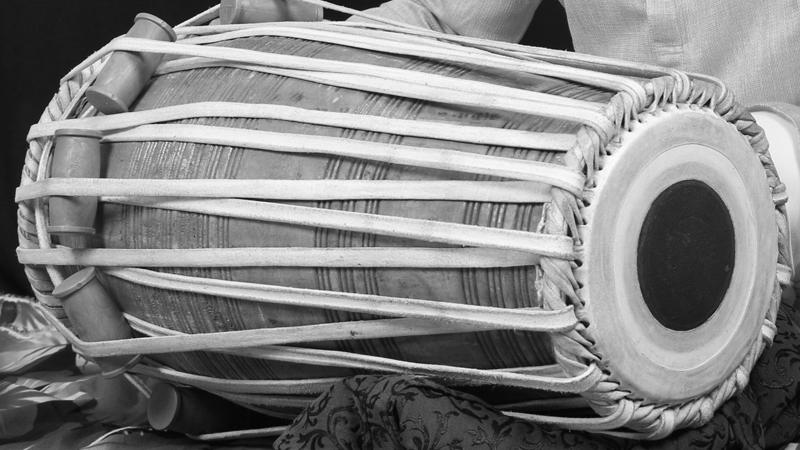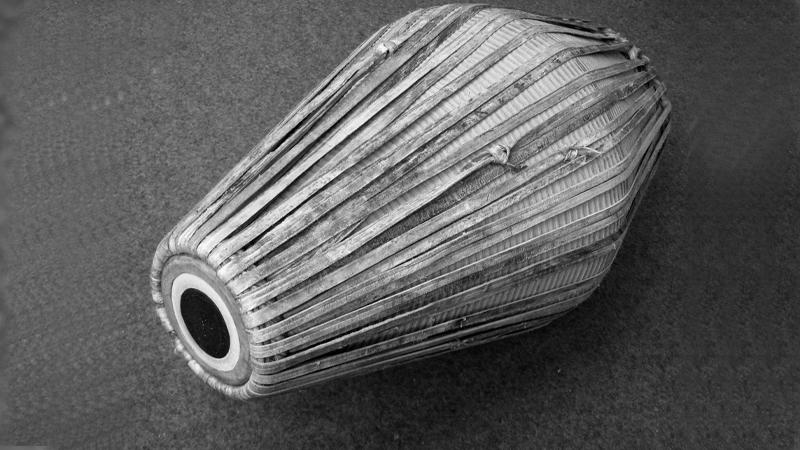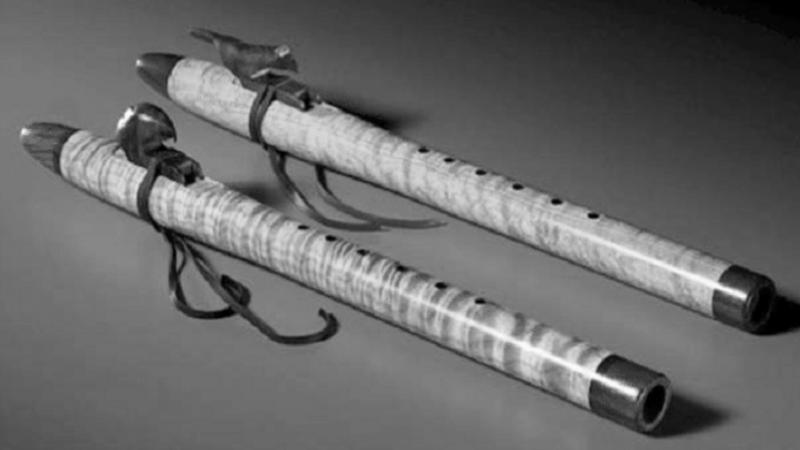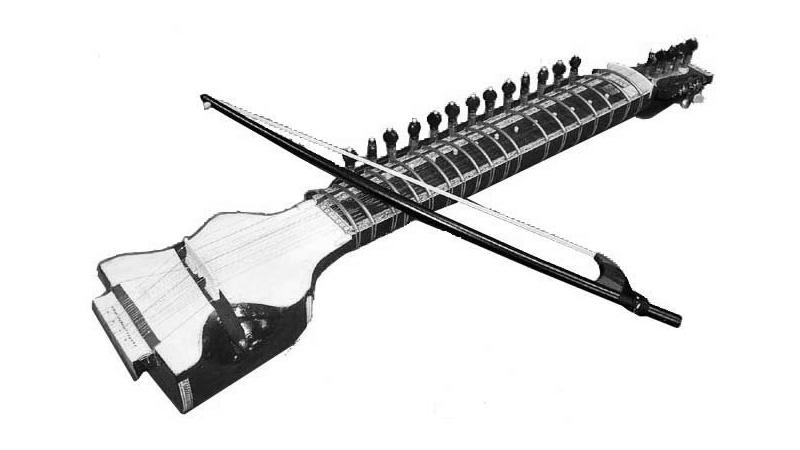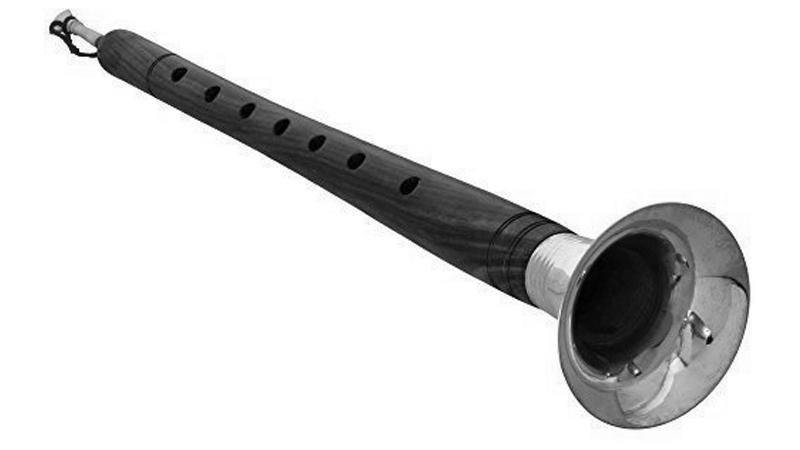Pakhavaj
The pakhavaj is a barrel-shaped, two-headed drum, originating from the Indian subcontinent, a variant and descendant of the older mridangam. The kendang of Maritime Southeast Asia is a distant relative of the pakhawaj and other South Asian double-headed drums.
- Read more about Pakhavaj
- Log in to post comments
- 4458 views
khol
The khol is a terracotta two-sided drum used in northern and eastern India for accompaniment with devotional music (bhakti). It is also known as a mridanga (< Sanskrit mrit + anga, lit. 'clay limb'), not to be confused with mridangam. It originates from the Indian state of West Bengal from elite class-caste groups who brought it to the culture of Assam and Manipur with the spread of the Vaishnavite sect. The drum is played with palms and fingers of both hands.
- Read more about khol
- 2 comments
- Log in to post comments
- 202 views
Flute
The flute is a family of musical instruments in the woodwind group. Unlike woodwind instruments with reeds, a flute is an aerophone or reedless wind instrument that produces its sound from the flow of air across an opening. According to the instrument classification of Hornbostel–Sachs, flutes are categorized as edge-blown aerophones. A musician who plays the flute can be referred to as a flute player, flautist, flutist or, less commonly, fluter or flutenist.
- Read more about Flute
- Log in to post comments
- 3418 views
Dilruba
The dilruba (also spelt dilrupa) is a bowed musical instrument originating in India. It is slightly larger than an esraj and has a larger, square resonance box. The dilruba holds particular importance in Sikh history.
It attained more global prominence in the 1960s through its appearance in songs by Western artists, such as the Beatles during their psychedelic phase (most notably in the song "Within You Without You").
The name of the instrument derives from the Persianized Hindustani word دلربا/दिलरुबा (dilrubā), literally meaning "that which ravishes or steals the heart."
- Read more about Dilruba
- Log in to post comments
- 865 views
Shehnai
The shehnai is a musical instrument, originating from the Indian subcontinent. It is made out of wood, with a double reed at one end and a metal or wooden flared bell at the other end. Its sound is thought to create and maintain a sense of auspiciousness and sanctity and as a result, is widely used during marriages, processions and in temples although it is also played in concerts. It was a part of the Naubat or traditional ensemble of nine instruments found in the royal court. The shehnai is similar to South India's nadaswaram.
- Read more about Shehnai
- Log in to post comments
- 3551 views
राग परिचय
हिंदुस्तानी एवं कर्नाटक संगीत
हिन्दुस्तानी संगीत में इस्तेमाल किए गए उपकरणों में सितार, सरोद, सुरबहार, ईसराज, वीणा, तनपुरा, बन्सुरी, शहनाई, सारंगी, वायलिन, संतूर, पखवज और तबला शामिल हैं। आमतौर पर कर्नाटिक संगीत में इस्तेमाल किए जाने वाले उपकरणों में वीना, वीनू, गोत्वादम, हार्मोनियम, मृदंगम, कंजिर, घमत, नादाश्वरम और वायलिन शामिल हैं।

